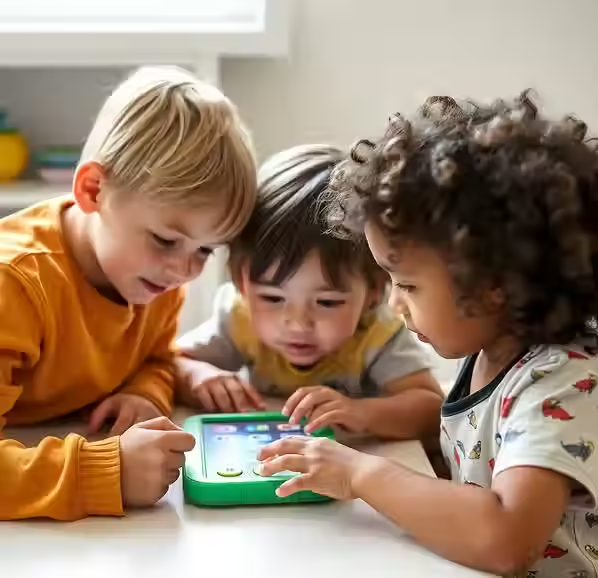Will AAC prevent my child from speaking?
- Vivian Eller

- Oct 25
- 2 min read

🔊 “Will AAC prevent my child from speaking?”
🔊 “Will it make them lazy?”
🔊 “Will AAC form different brain pathways that stop speech?”
These are real concerns I’ve heard from families.
So let’s talk about it.
📣 AAC Does Not Undermine Speech 📣
And it’s not just me saying that—it's backed by decades of research and clinical practice.
💬 What is AAC?
AAC (Augmentative and Alternative Communication) includes tools and strategies like gestures, picture symbols, speech-generating devices, or communication apps that support a child's ability to express themselves.
AAC doesn't replace speech—it gives children access to language now, while spoken communication is still emerging.
Some children will use AAC for a short time, others for life. That choice belongs to the individual, not to an SLP, teacher, therapist, or parent.
If your child one day grows up and says, “I prefer using AAC,” that’s autonomy—and it’s something to celebrate.
👏 AAC does NOT stop speech 👏
Some caregivers worry that introducing AAC means giving up on verbal language.
But the research says otherwise:
📚 Evidence-Based Findings:
• Romski & Sevcik (2005): No evidence AAC prevents speech.
• Millar et al. (2006): Meta-analysis found AAC use linked to gains in speech production.
• Schlosser & Wendt (2008): AAC supports speech development in autistic children.
• Walters et al. (2022): AAC used by parents in early intervention still promotes language growth.
💡 Why AAC Helps Language Grow? AAC supports communication by:
🌱 Reducing frustration
🧠 Building confidence
🏠 Increasing participation in routines
📖 Modeling vocabulary and sentence structure with VISUAL support and VERBAL model
🔁 Encouraging back-and-forth interaction
❤️ It’s not “either-or”—it’s “yes-and.”
AAC and speech can grow together. It’s a bridge, not a barrier.
Whether a child uses AAC part-time, full-time, or moves away from it over time—what matters is: They’re communicating now.
🤔 Still feeling unsure?
It’s okay. Many families feel overwhelmed or unsure how to get started.
You're not alone—and your child isn’t either.
🛠 Let’s partner up.
We’ll explore your child’s strengths, model AAC in everyday routines, and support your family with simple, sustainable strategies.
You don’t need to be perfect. You just need to be present.
Talk to your SLP about it.
✅ The Bottom Line:
AAC does not block speech.
AAC supports spoken language.
AAC helps children connect, participate, and thrive.
📎 Sources:
Romski & Sevcik (2005). Infants & Young Children, 18(3), 174–185
Millar et al. (2006). JSLHR, 49(2), 248–264
Schlosser & Wendt (2008). AJSLP, 17(3), 212–230
Walters et al. (2022). Parent-implemented AAC: Systematic Review
Nutthagrita Eller or Vivian Eller is a California Licensed Speech-Language Therapist, provides speech-therapy services to children aged 15 months to 10 years old in the comfort of their homes within the South Bay and East Bay. Vivian specializes in early intervention, speech-language delay, articulation disorders, autism, childhood apraxia of speech, AAC, gestalt language processing.



If we start AAC now, how long should we wait to see if my child begins speaking on their own and what if they don’t?